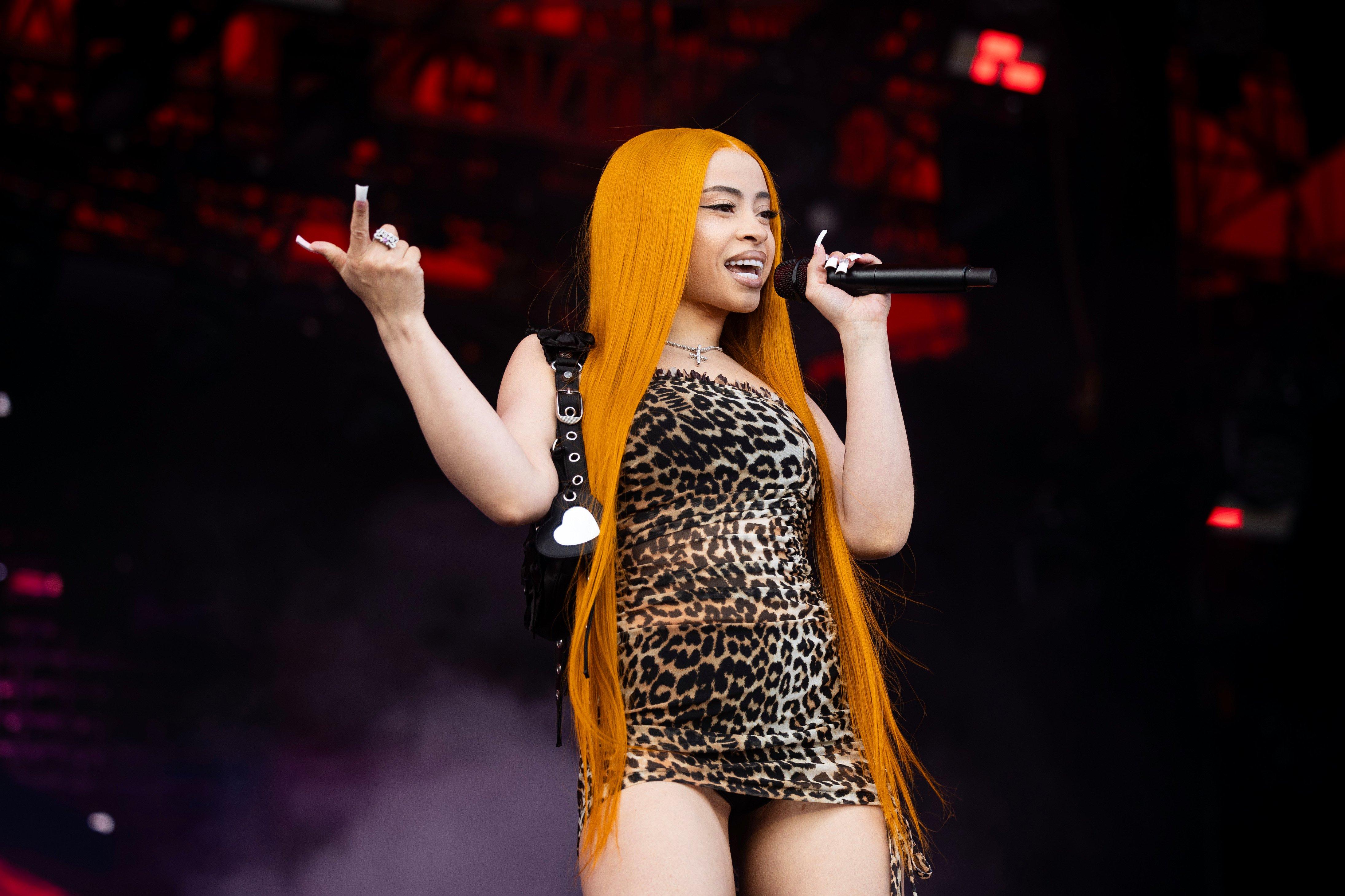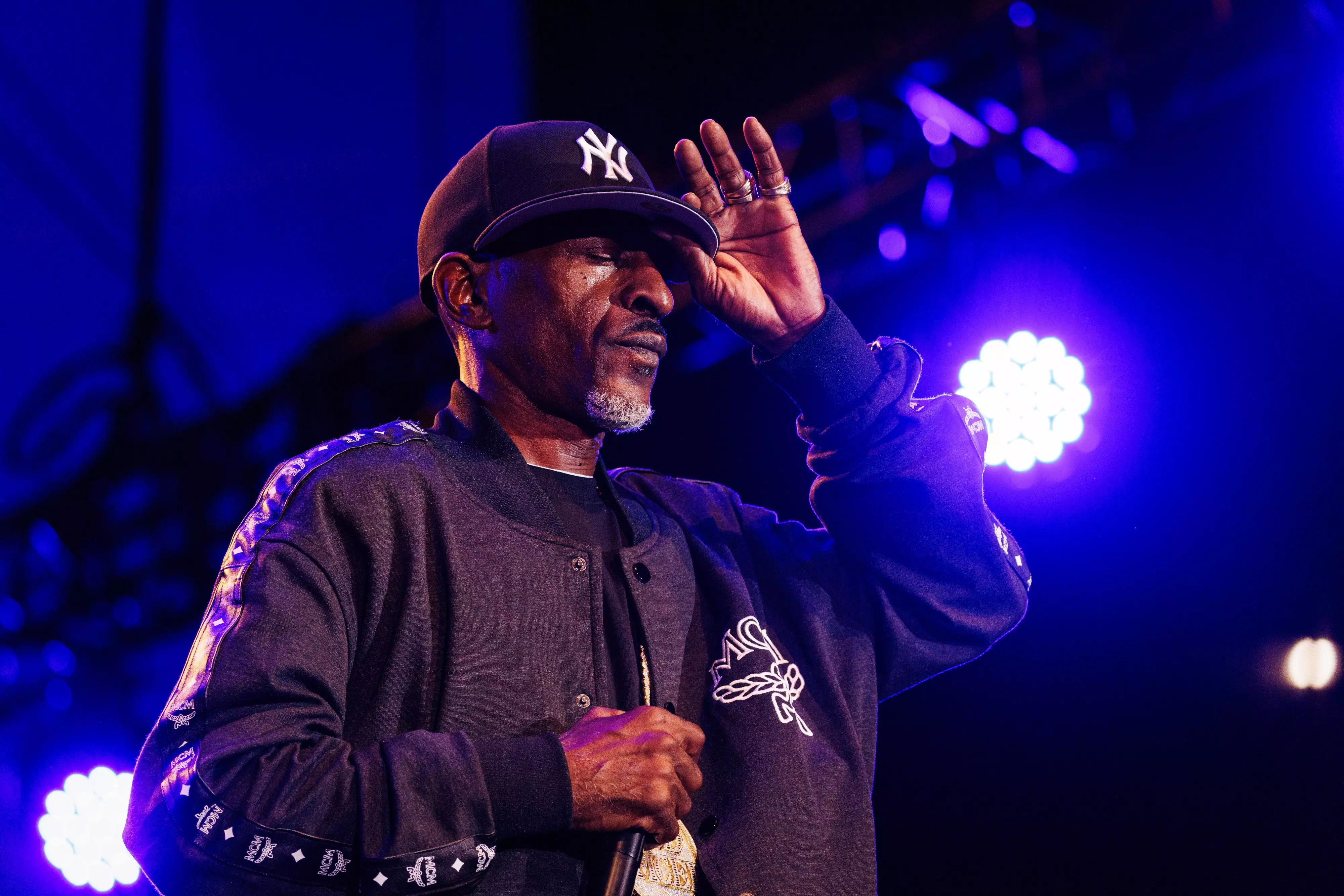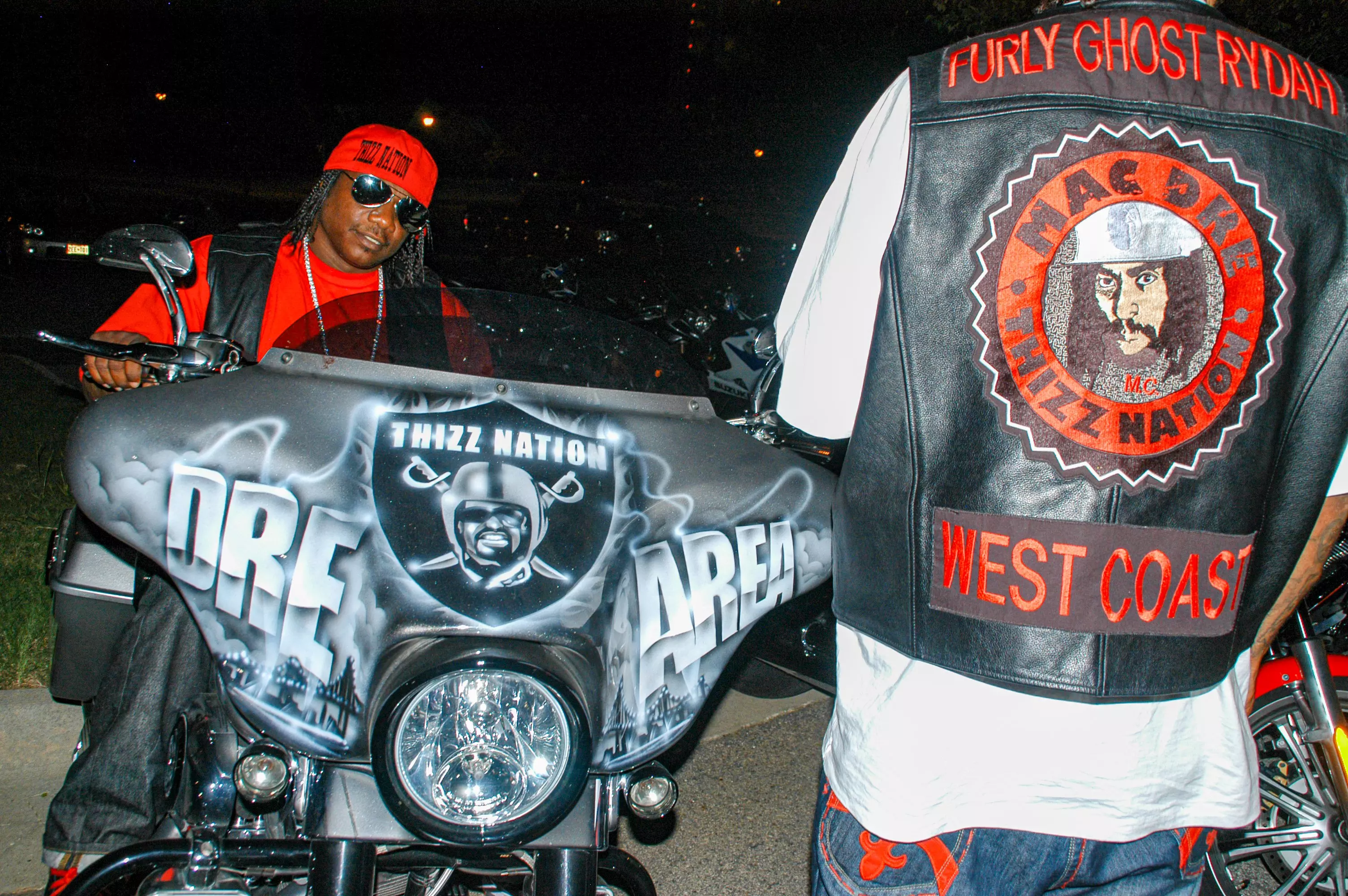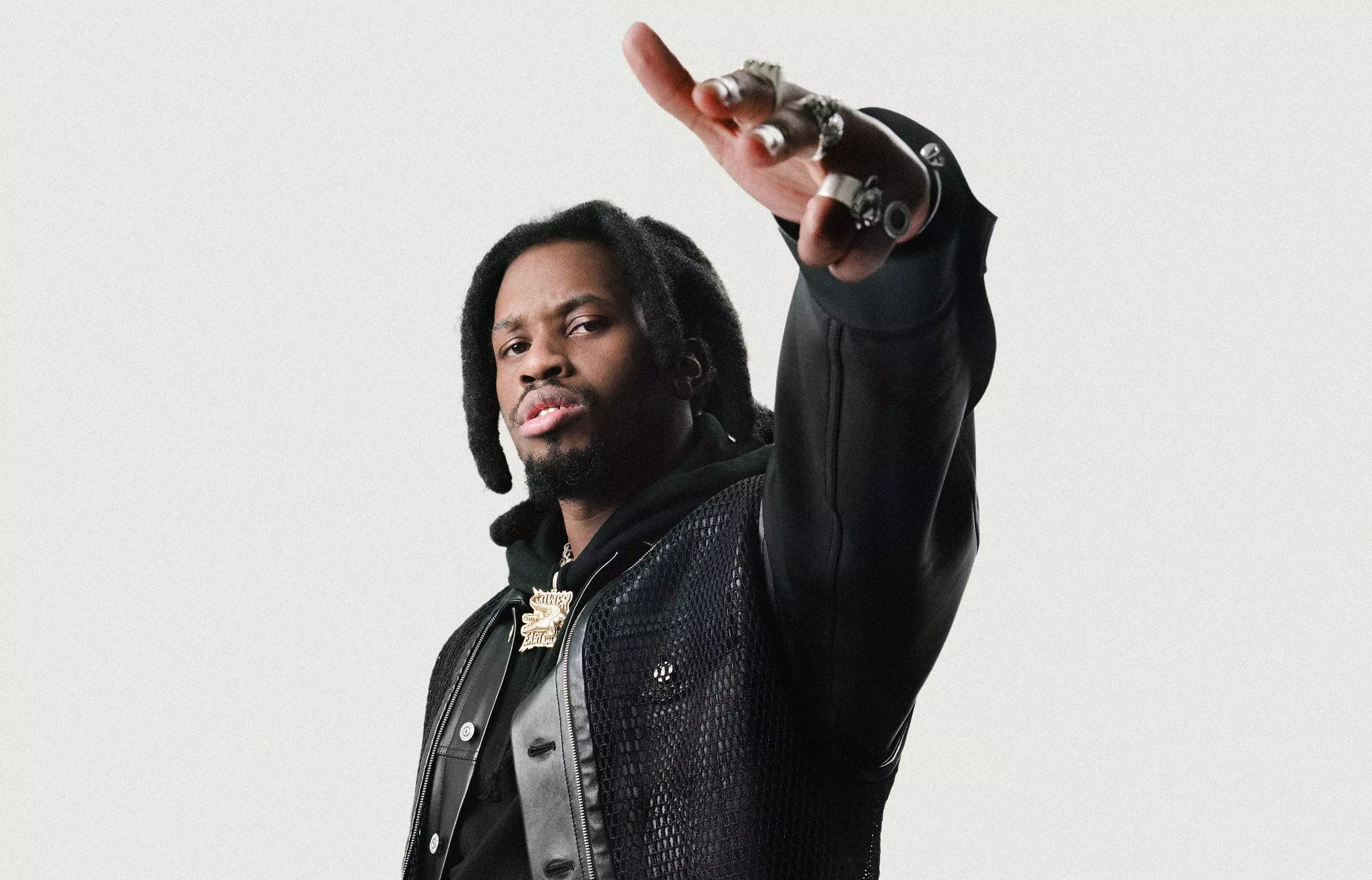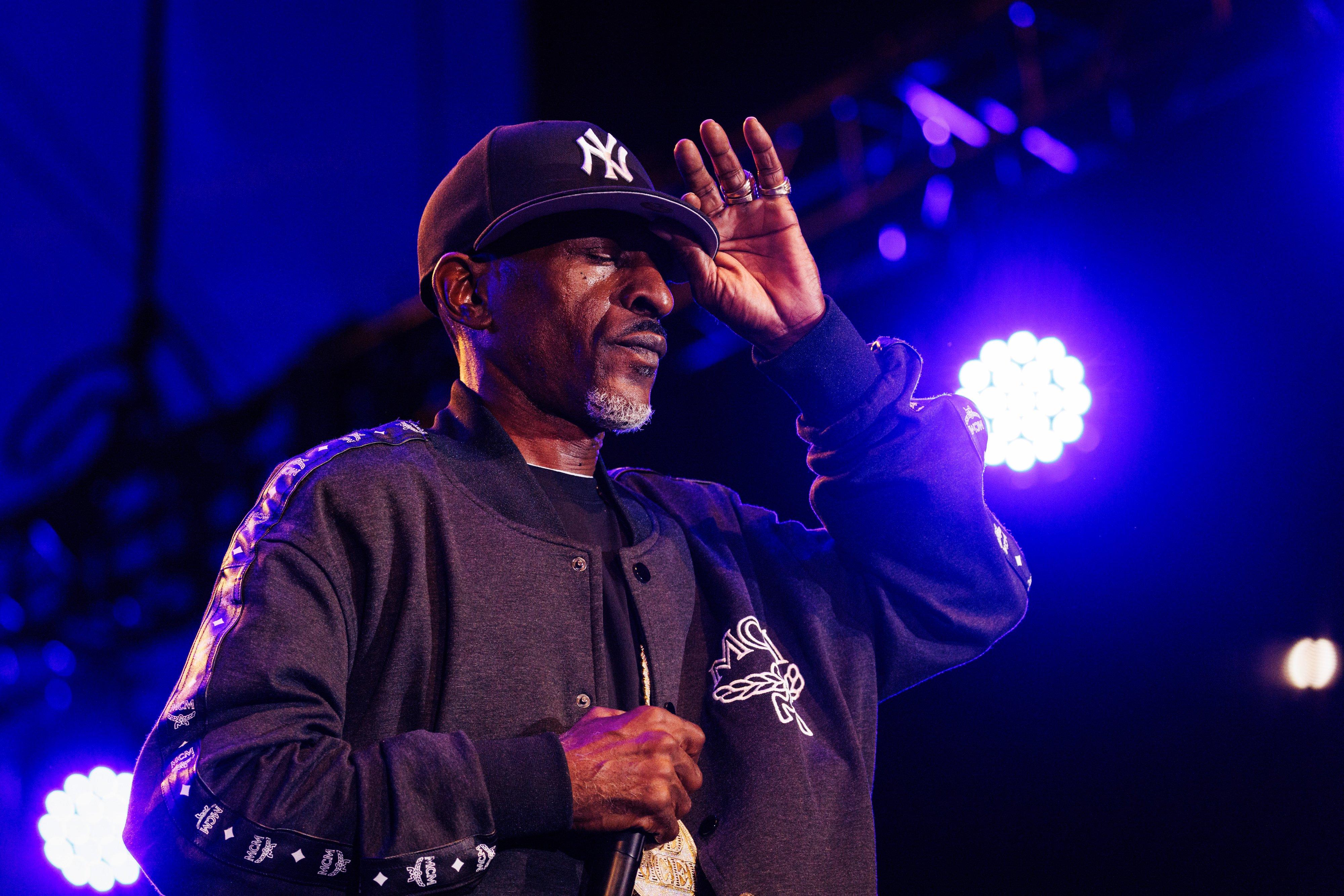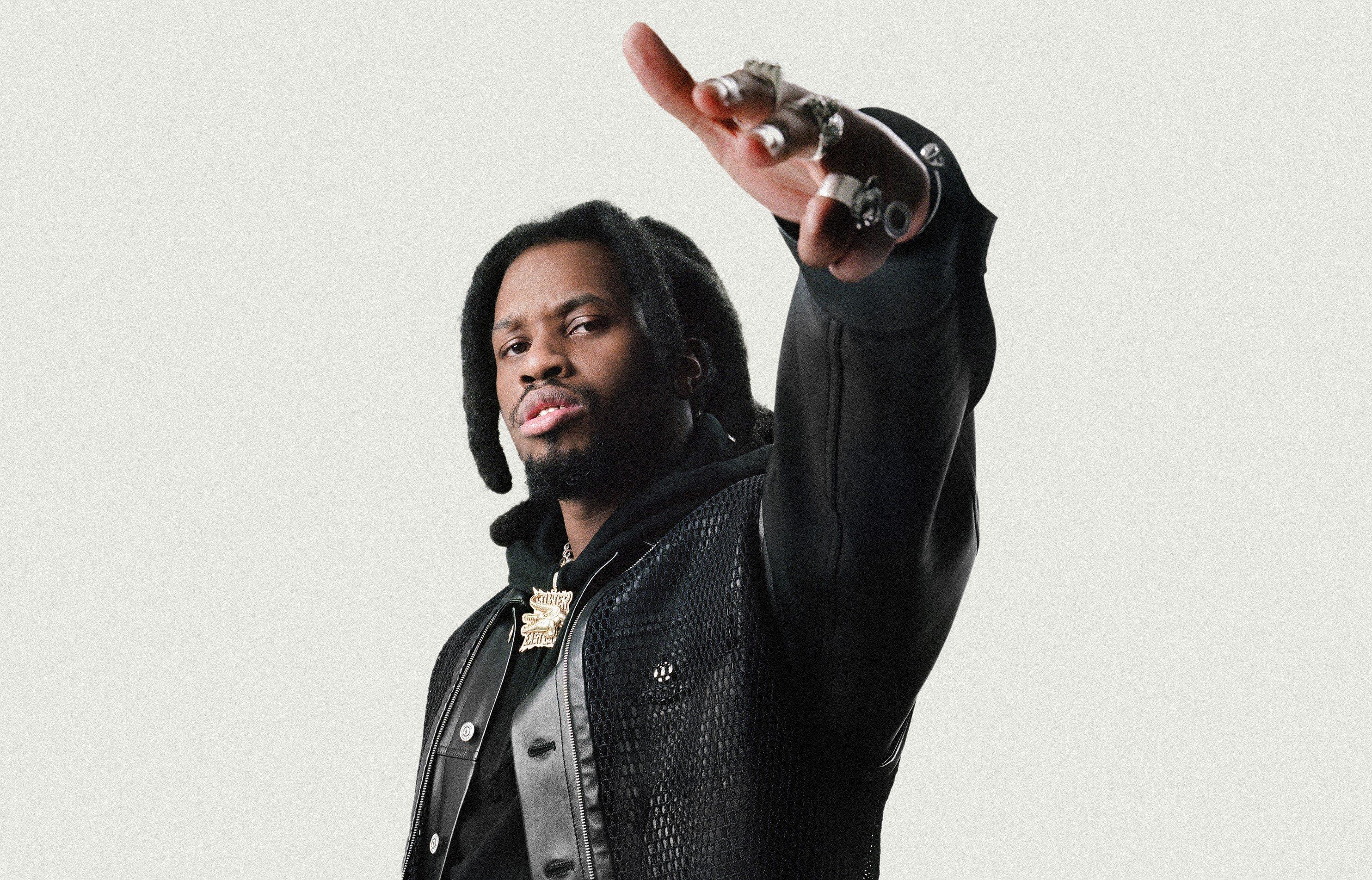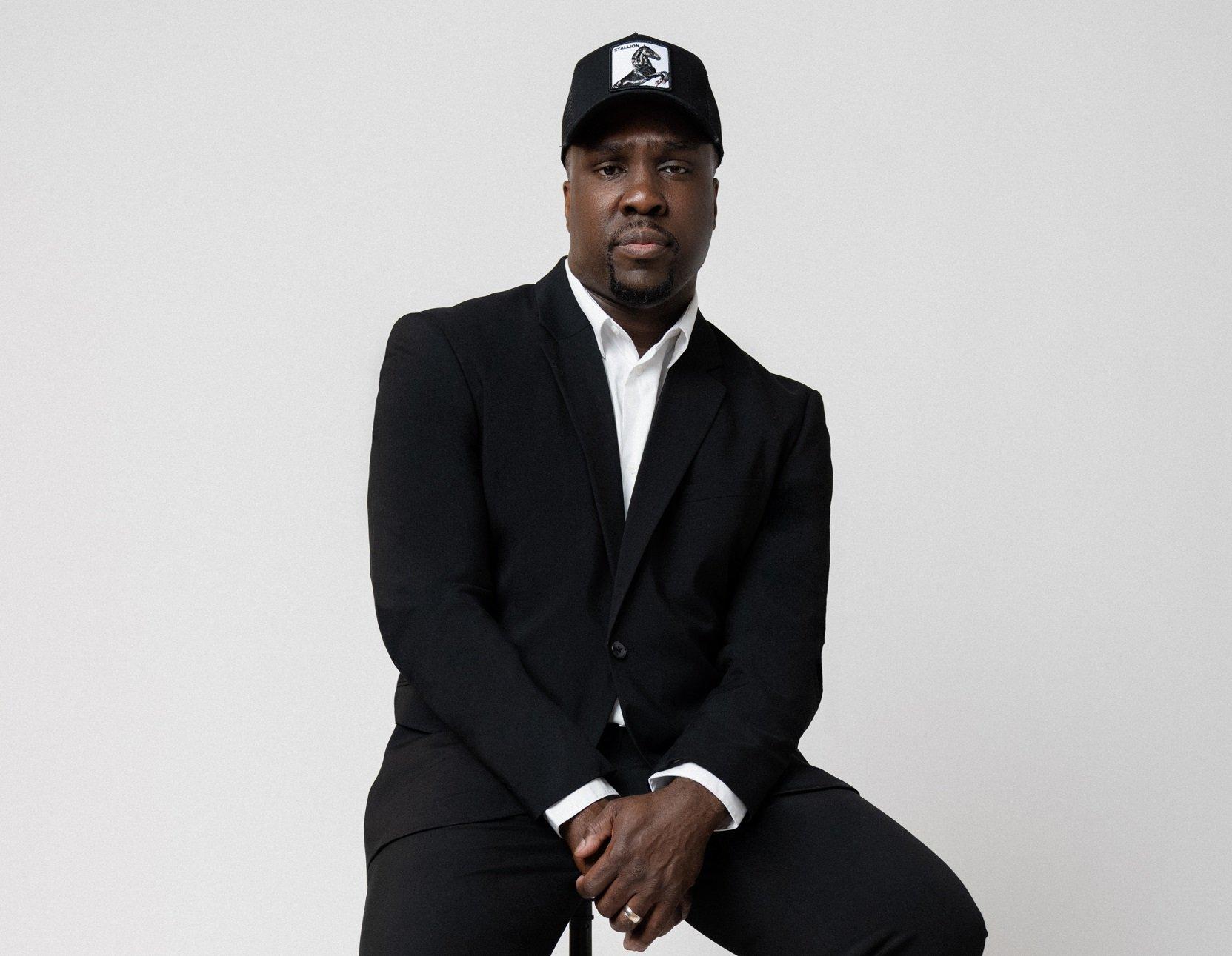When The Fugees released their second album, The Score, the timing felt eerily perfect. As hip-hop's East and West Coasts continued their tussle, their lighter-hearted approach to socially conscious rap curtailed any overarching assumptions that hip-hop was going down a "bad road." Plus, they had Lauryn Hill, who doubled as a songbird and lyrical spitfire. Together, by juxtaposing life instrumentation, soulful melodies and abstract bars, The Fugees gave hip-hop a renewed spirit and propelled it to a different kind of mainstream.
But above all, The Score changed the way artists made their music—even 25 years later.
By the time The Fugees released The Score, was nominated for Album Of The Year and won Best Rap Album and Best R&B Performance By A Duo Or Group With Vocal for "Killing Me Softly With His Song," they were more than ready to puff out their chests. The group checked the temperature of the streets with their debut album Blunted On Reality in 1994, almost two years prior to the day of The Score's release on February 13, 1996.
Still, their introduction left listeners a little confused by the group's collective identity. Lauryn Hill, Wyclef Jean and Pras Michel were a lot of everything. They were eccentric Jersey kids—two-thirds of whom were Haitian—and were more than willing to fling art, politics, multi-culture and lyricism against a wall and record the sounds of what stuck and what slid off.
The centerpiece of Blunted was the second single "Nappy Heads," a deeply rhythmic and melodic track with a video that takes place on the steps of the library at Columbia University, where Lauryn Hill was a student at the time. Hill was already the de-facto star of the group, complete with a lead role in the Whoopi Goldberg film Sister Act 2: Back In the Habit. On that debut album, she had a solo track called "Some Seek Stardom," which many point to as the moment they knew she would one day stand out from her comrades. Still, the group was full of promise and their evolution was quick and steadfast.
With The Score, The Fugees were arguably more focused. They were no longer working with Khalis Bayyan of Kool & The Gang (who theoretically influenced so much of Blunted's sound). This time, Lauryn and Wyclef took the bulk of the writing and production duties with the help of Wyclef's cousin Jerry Wonda and Salaam Remi as a creative consultant. They experimented with creating their own take on R&B-skewed hip-hop tracks and even reggae while adding a live element since Wyclef was a trained musician.
Then, there was Lauryn Hill's phenomenally authentic singing voice, which lent itself to some of the more prominent hooks on the project. The Score was still an amalgam of everything the group stood for, but where Blunted chose to go more animated in parts, The Score opted to get deeper and darker in both sound and style.
"Red Intro" sets a unique tone as the opener. The track is a monologue that challenges rappers' desires to posture themselves as gangsters and pretend to be mobsters when people are dying out in the streets. It's an unequivocal backhand to nearly everything that was happening in hip-hop at the time.
There was a rise in neo-gangster rap, where artists like Tupac Shakur and The Notorious B.I.G. were poetically flaunting wealth and gun talk, woven expertly through their bars. They were the byproduct of '80s artists like N.W.A., and while that surge in gangster rap was tempered by hip-hop's D.A.I.S.Y. Age (A Tribe Called Quest, De La Soul, etc.), the '90s now had groups like The Fugees and The Roots, who stood in stark contrast to Pac and Biggie.
But there was more to the mission of The Score, considering the group didn't want to be relegated to one corner of hip-hop. So they dropped breadcrumbs throughout the album to show they knew how to stunt, they were aware of the on-goings of the world, yet they could even be strapped… if they wanted to be. The Score is laden with innuendos, firing shots at the competition while simultaneously making biblical references about false prophets. The songs tell a story from beginning to end, with peaks and valleys.
<style>.embed-container { position: relative; padding-bottom: 56.25%; height: 0; overflow: hidden; max-width: 100%; } .embed-container iframe, .embed-container object, .embed-container embed { position: absolute; top: 0; left: 0; width: 100%; height: 100%; }</style><div class='embed-container'><iframe src='https://www.youtube.com/embed//ki7gxLbhXkU' frameborder='0' allowfullscreen></iframe></div>
The album's introductory track "How Many Mics" gets the chest-thumping started early, as the group details their creative superiority over so many other emcees. The concept of The Score was layered; The Fugees felt slighted by the lukewarm response of their first album and this was pure redemption. They use the title track to tie that all together by the middle of the project, by even sampling parts of the rest of the album on the song's hook.
"Ready Or Not" takes an Enya sample and transforms it into a battle cry that doubles as a love song. Tracks like "Zealots" take jabs at biting emcees who dumb their work down for mainstream attention, where "The Mask" goes in on manufactured personas. "The Beast" is a politically charged anthem that tackles political corruption and police brutality, further extended on the track "Family Business," about how being Black and in America can have you murdered for no reason.
<style>.embed-container { position: relative; padding-bottom: 56.25%; height: 0; overflow: hidden; max-width: 100%; } .embed-container iframe, .embed-container object, .embed-container embed { position: absolute; top: 0; left: 0; width: 100%; height: 100%; }</style><div class='embed-container'><iframe src='https://www.youtube.com/embed//aIXyKmElvv8' frameborder='0' allowfullscreen></iframe></div>
"Fu-Gee-La" takes on more braggadocio, along with "Cowboys" which features another New Jersey rap outfit: The Outsidaz, starring a young Rah Digga. "No Woman, No Cry" mourns those who have passed due to violence. The "Manifest/Outro" has Lauryn contemplating suicide over a toxic breakup.
Then, of course, there's "Killing Me Softly," the Roberta Flack remake that shifted gears for The Fugees and made them a household name. Thanks to "Killing Me Softly," more attention was paid to the project as a whole, so the casual rap listener suddenly became a hip-hop fan once they experienced The Score. That was The Fugees' superpower: they won over massive audiences with messaging that hip-hop was struggling to convey on a greater platform. Some saw it as a curse to the purity of the art, but in the events that followed it became a gift.
<style>.embed-container { position: relative; padding-bottom: 56.25%; height: 0; overflow: hidden; max-width: 100%; } .embed-container iframe, .embed-container object, .embed-container embed { position: absolute; top: 0; left: 0; width: 100%; height: 100%; }</style><div class='embed-container'><iframe src='https://www.youtube.com/embed//oKOtzIo-uYw' frameborder='0' allowfullscreen></iframe></div>
What happened following The Score's release was complicated. Tupac Shakur was murdered in September 1996, The Notorious B.I.G. was murdered in March 1997, and Puffy's "Shiny Suit Era" threatened the purism of hip-hop even more. This gave The Fugees an open lane to not only secure that mainstream success, but retain some of the integrity of hip-hop's soul that they were ironically accused of snatching prior to those milestone events in hip-hop's history.
The spoiler alert here was that they were always being their true selves the whole time. The Fugees were eccentric, they were artsy, and they were messengers—of the lives they lived and of those they witnessed around them. They weren't afraid to toss around hard bars on The Score nor were they too scared to let Lauryn's voice softly coat the hooks. They spoke about anything and everything they damn well pleased.
In the decades that followed, rappers who could carry a tune emulated exactly what Lauryn and the Fugees did by alternating between rapping and singing, and weren't afraid in one song to talk about love and society in the next. It was a lasting impression that became one of hip-hop's many archetypes, and it started with a couple of kids who loved being eccentric.
When they first approached creating The Score, The Fugees were hoping to win the battle. Twenty-five years later, we see now that they won the war.
'The Miseducation Of Lauryn Hill': For The Record


